Le petit Nicolas
7 /10 1 Votes
| ||||||||||||||||||||||||||||||||||
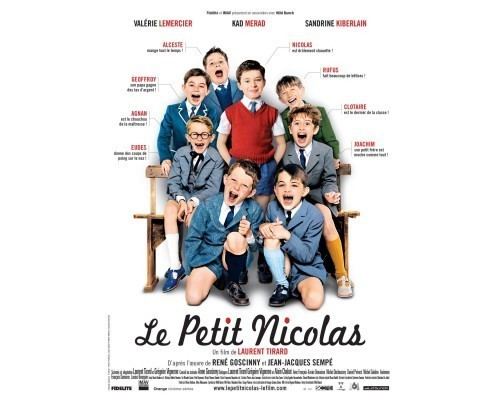 | ||||||||||||||||||||||||||||||||||
Characters Alceste, Nicolas, Clotaire, Geoffroy, Eudes Books Young Nicolas, Les Récrés du petit Nicolas, Les Vacances du Petit N, Petit Nicolas et les Copai, Le Petit Nicolas a des Ennuis Similar The Chronicles of Narnia, The Little Prince, Asterix | ||||||||||||||||||||||||||||||||||
Le petit Nicolas (Little Nicholas) is a series of French children's books. It was created by René Goscinny and illustrated by Jean-Jacques Sempé and it was first published on March 29, 1959. The books depict an idealized version of childhood in 1950s France.
Contents
- Childrens Literature Book Talk Le Petit Nicolas
- Concept
- Characters
- English edition
- English books
- Adaptations
- References
Children's Literature Book Talk (Le Petit Nicolas)
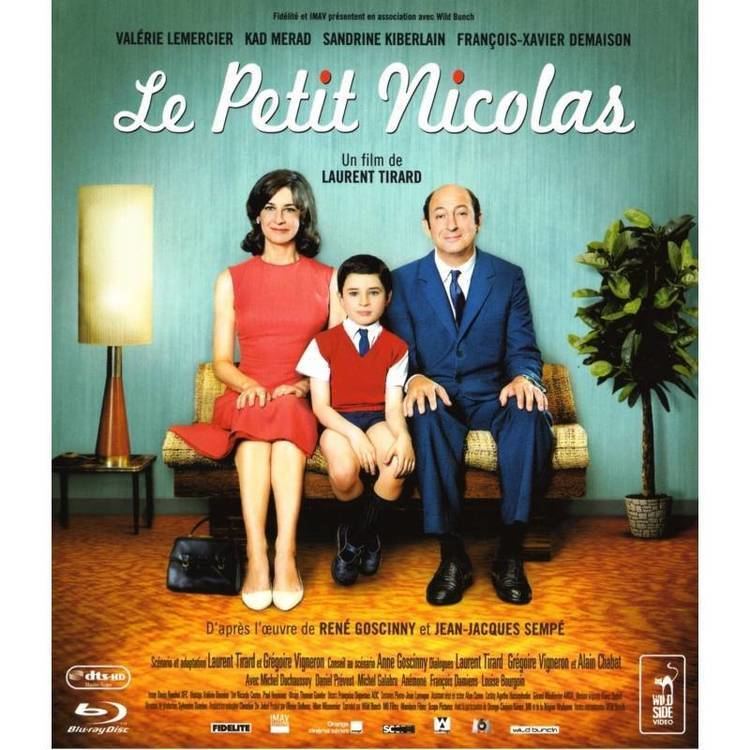
Concept
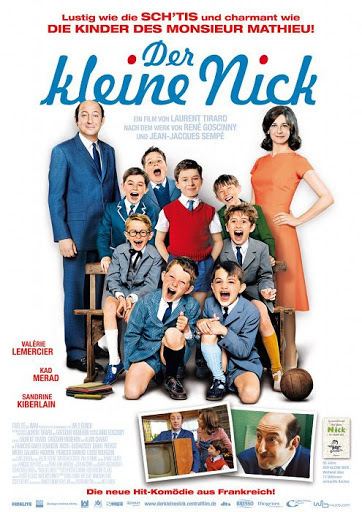
The work started out as a comic strip, which initially ran in Le Moustique between 1956 and 1958, drawn by Sempé and written by Goscinny. However in 1958 it became a series of illustrated novels instead, as Sempé preferred to just provide pictures.

The books are told from the point of view of Nicolas himself, which gives the book a distinct and personal sense of humor. The narration is a pastiche of childish storytelling, with run-on sentences and schoolyard slang used in abundance, and much of the humor derives from Nicolas' misunderstanding of adults' behavior. At the same time, adults are as much a target of the book's satire as children, as the straightforward and uncomplicated worldview of the child narrator exposes the flaws of adult perception. This subversive element in Le petit Nicolas made it an early example of modern children's literature that is centered on the experience of the child's interpretation of the world, rather than an adult's.
Characters
The characters from the French edition include (with names from Anthea Bell's English translation in square brackets):
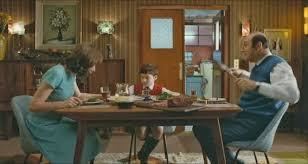
Spanish version.
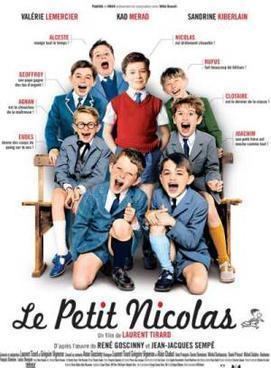
For Latin America the book published by Alfaguara had the Spanish translation, by _______ (information of the 1993 edition).
Names for this edition were
Nicolas Clotario Alcestes Eudes Godofredo Agnan Joaquín Majencio Rufo Eduviges Luisa Rex
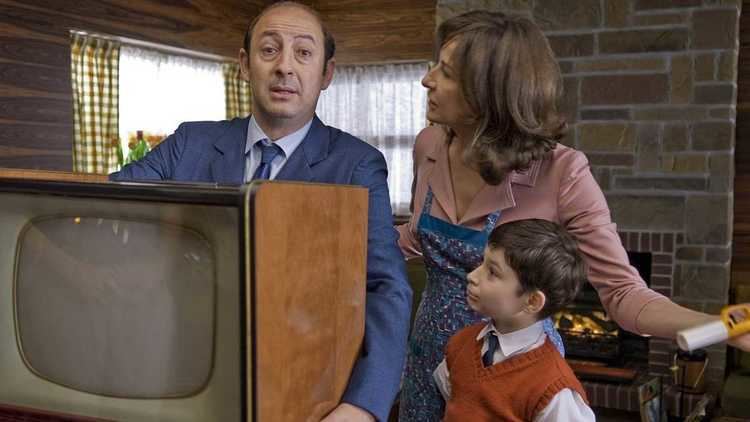
Other characters include Nicolas's parents, as well as teachers and administrators in the school. The teacher is hard-working and loves the children, although they usually drive her crazy. The superintendent, Mr. Dubon [Mr Goodman] , is known as "le Bouillon" ("Old Spuds").
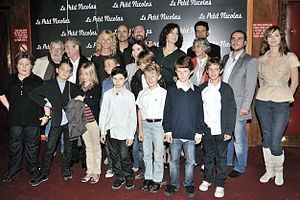
When Nicolas is going to a camp for vacations, he and the other children are forced to take a nap. The supervisor decides to tell them a story about "a caliph who was a very good man but who had a very evil vizier...", which is a prelude to Goscinny's future comic series Iznogoud. The supervisor then tells about how the caliph dresses as a common man to find out what people think of him, and the evil vizier takes his place, which is the plot of one Iznogoud adventure.

As an example, in the French version of one particular story, an English student named George MacIntosh is enrolled in Nicolas' class. Because the name "George" in French (Georges) is pronounced with a soft "g" (like "su" in "measure"), the class has difficulty coming up with a nickname, but eventually decides on "Djodjo," playing with the hard "dj" sound. In the English version, George's nationality had to be changed; he became Flemish, and his nickname went from "Djodjo" to "Djocky". Spanish version has this name translation to Jorge McInstosh -> Chorches -> and they fight and is called "Chocho".
In this version, the teacher M. Dubon (nicknamed "le Bouillon") becomes Mr. Goodman (nicknamed "Old Spuds" from his verbal tic of demanding the children 'look him in the eye' linked to the fact that Nicholas knows potatoes have eyes). In the French version of the story, M. Dubon gets his nickname from the concept of bubbles of fat resembling eyes rising to the surface of boiling broth ("bouillon"). Spanish version names it like the original French edition, "el Caldo", even though this expression is not commonly used in Latin America.
English edition
An English edition with the title Young Nicolas was completed by Stella Rodway for Hutchinson & Co. in 1961. It was published in the USA by Bobbs-Merrill in 1962. The characters' names retain the French form. The title page lists the authors simply as "Sempé and Goscinny".
An English edition of the series with anglicized character names was released in 1978, translated by Anthea Bell. This contained five volumes: Nicholas and the Gang at School, Nicholas and the Gang Again, Nicholas on Holiday, Nicholas and the Gang, and Nicholas at Large. The first volume was republished with more complete illustrations in 2005 by Phaidon Press as Nicholas. Four further volumes followed from Phaidon, as Nicholas Again, Nicholas on Holiday (Nicholas on Vacation in North America), Nicholas and the Gang, and finally Nicholas in Trouble in 2008.
Another English translation of Le petit Nicolas, with the title The Chronicles of Little Nicholas, was published in New York by Farrar, Straus Giroux in 1993. The translator is not named in this edition; the copyright page attributes copyright for the translation to Farrar, Straus & Giroux.
Nicholas was the subject of a Mildred L. Batchelder Honour for translated children's books in 2006 given by the Association for Library Services to Children (ALSC), a division of the American Library Association, and Nicholas and the Gang received the same honour in 2008.
